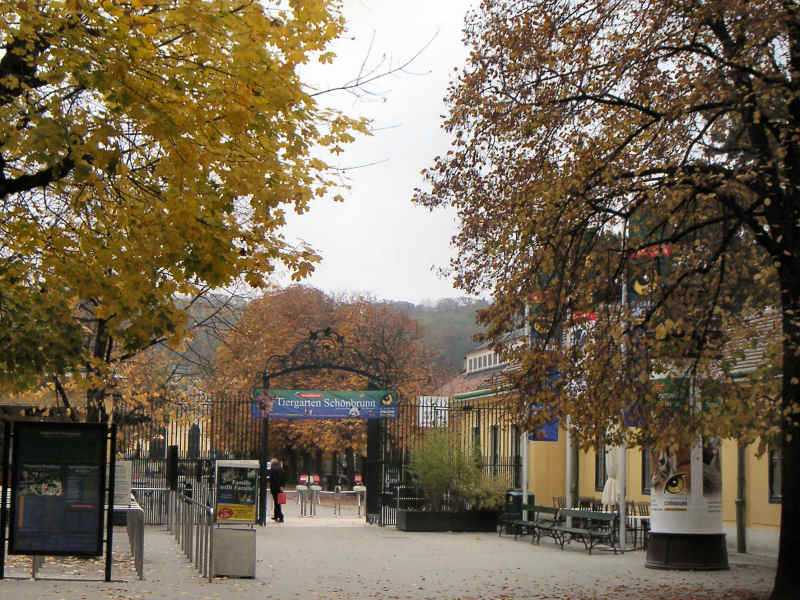Schönbrunn Zoo

Maxingerstraße 13b, 1130 Vienna
(690.906)
General And Historic Information
Emperor Maximilian II (1527-1576) purchased Katterburg Castle in 1569, the predecessor building of Schönbrunn Castle. One year later, the premises came to accommodate a zoo and were used for hunting events. The name "Schönbrunn" was first documented in the year 1642; the zoo is deemed to have been the brainchild of Empress Maria Theresa (1717-1780) and her husband Francis Stephen of Lorraine (1708-1765). The so-called ménagerie, which comprises twelve enclosures and an administrative building, was erected in 1752, based on plans by architect Jean Nicolas Jadot de Ville-Issey. The last section to be completed was the pavilion, which is situated at the heart of the site. It was completed in 1759 and is used currently used as a restaurant. In 1778, it was decided to open the menagerie to "decently dressed persons" on Sundays. Around 1800, it finally became open to the public seven days a week. By that time, the zoo housed elephants, polar bears, big cats, hyenas, and kangaroos to marvel at.
At the beginning of the 19th century, Schönbrunn Zoo received its first giraffe as a gift from the Viceroy of Egypt.
The Zoo was subject to numerous modifications, adaptations and modernisations, bearing in mind latest zoological findings and approaches. It was severely affected by the World Wars; not only was it hit by bombing, but also there were supply shortages and hygiene problems. As a result after the World War I, only 400 of the zoo animals survived, which is a reduction by 85%. Otto Antonius, who was in charge of the Zoo’s reconstruction, saw the number of animals increase to 3,000 by 1930. The term "menagerie" was officially replaced with the term "zoo" in 1926.
Walter Fiedler nearly doubled the zoo’s original area with the conversion of the former so-called "Little Pheasant Garden". This period was marked by increasing image problems for the Zoo and declining visitor numbers in spite of its great breeding successes, modernisation and new developments.
Discussions about the dissolution of the zoo or a relocation to another district in Vienna ended in 1991, when the Zoo was spun off from the administration by the federal government and became part of Schönbrunner Tiergarten-GmbH, which leases the area from the Republic of Austria.
The Republic of Austria has accepted responsibility for all construction, building and maintenance measures at its cost; a task carried out by the respective department of Burghauptmannschaft Österreich, whose responsible department has its seat in the former private dairy of Kammermeierei.
The Republic of Austria has invested more than EUR 60 million into the maintenance, adaptation and construction of the Zoo’s diverse facilities since 1992.
Today, Schönbrunn Zoo is considered not only the oldest zoo in the world, but also the most modern one.
Occupant:
Schönbrunner Tiergarten GmbH
Burghauptmannschaft Österreich – Departments in charge:
Building Management Dep. 403 – Schönbrunn
HVAC Dep. 306 – HVAC
Administration Dep. 201 – Administration